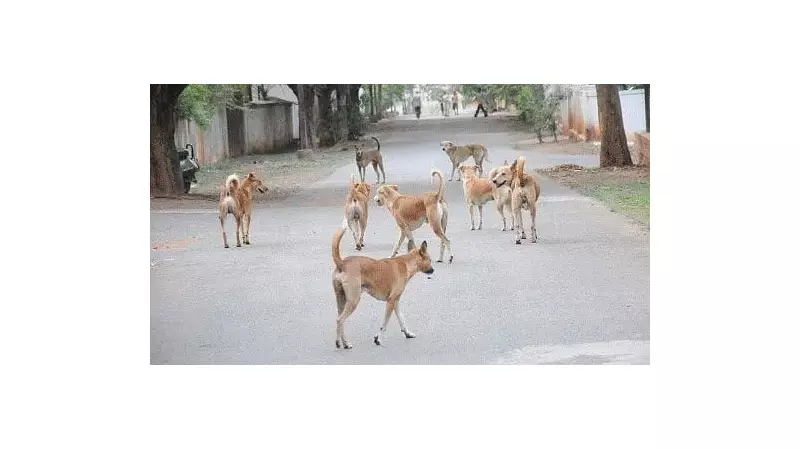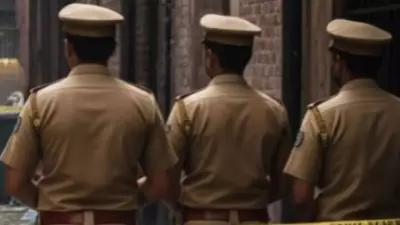
The Supreme Court of India has stepped in to address one of the country's most pressing urban issues - the growing conflict between citizens and stray dogs. In a significant move, the apex court has scheduled a suo motu hearing for October 27, taking direct control of a matter that affects millions of Indians daily.
Judicial Intervention in Public Safety Crisis
The court's decision to hear the case on its own motion underscores the gravity of the situation. Across Indian cities and villages, the stray dog population has become a major public health and safety concern, with increasing reports of dog attacks, rabies cases, and community conflicts.
Balancing Human Safety and Animal Rights
This legal intervention comes at a critical time when municipalities, animal welfare groups, and residents find themselves at odds over the appropriate approach to managing street dogs. The Supreme Court is expected to address several key aspects:
- Public safety measures to prevent dog attacks
- Humane animal control methodologies
- Vaccination and sterilization programs
- Municipal responsibilities in animal management
- Legal framework for animal welfare and public protection
National Implications
The outcome of this hearing could have far-reaching consequences for how India manages its estimated 60 million stray dogs. The court's directions are likely to influence:
- Local municipal policies across all states
- Animal birth control programs and their implementation
- Public awareness campaigns about co-existence
- Healthcare protocols for dog bite victims
Legal experts anticipate that the Supreme Court will seek to establish a balanced approach that protects both citizens' right to safety and animals' right to humane treatment. The hearing represents a crucial step toward finding sustainable solutions to a problem that has long divided communities and challenged local administrations.
As the October 27 hearing approaches, all stakeholders - from resident welfare associations to animal rights organizations - await the court's guidance on this emotionally charged and complex issue affecting urban and rural India alike.





